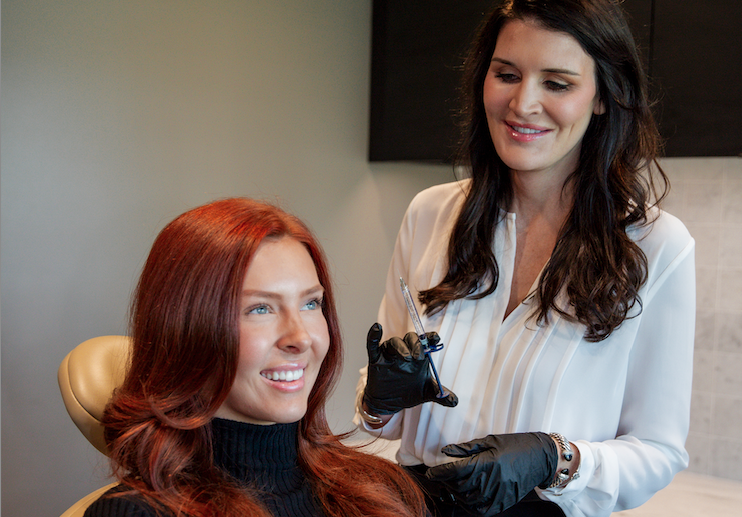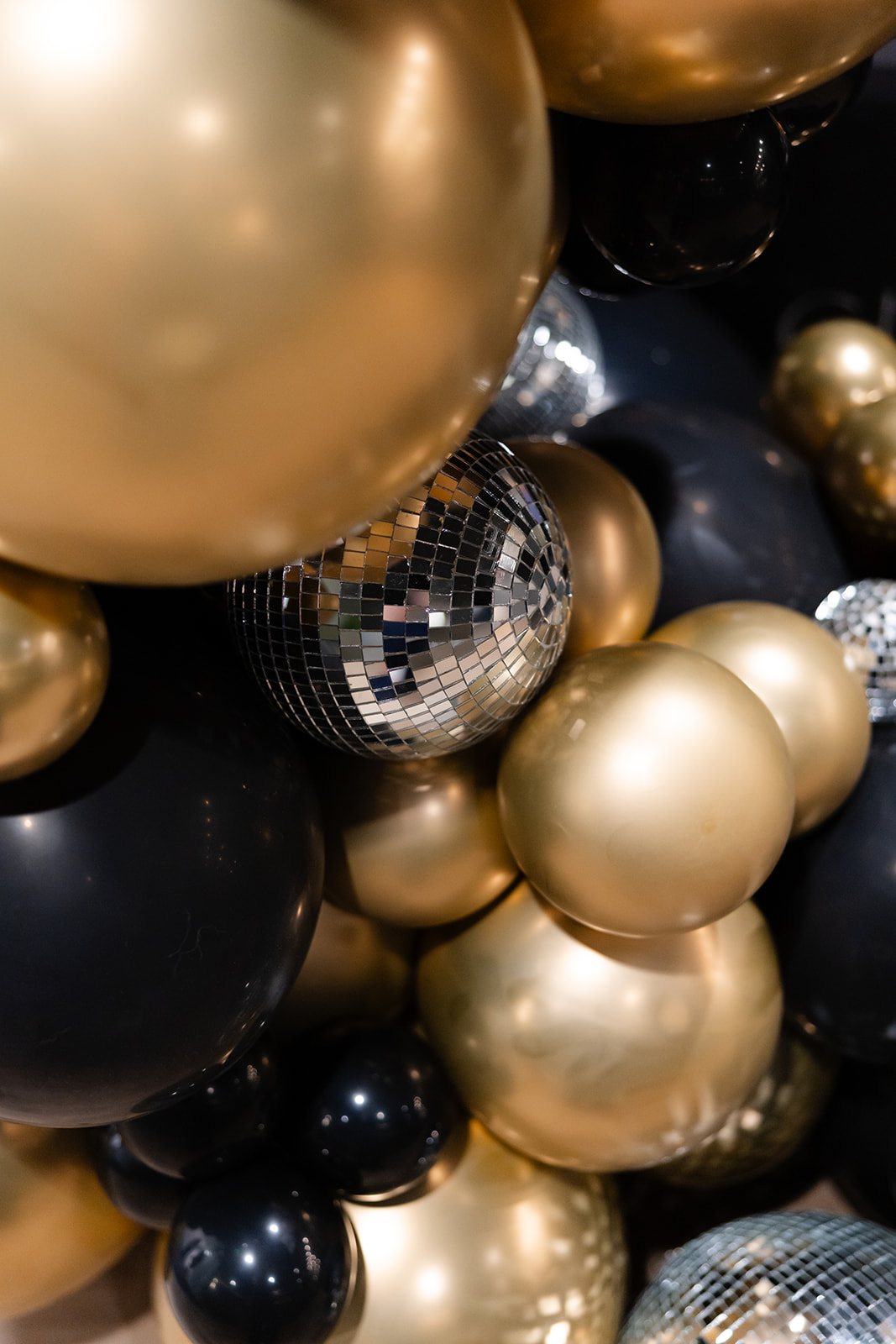Dermal fillers are an excellent option for those looking to smooth fine lines and restore lost volume with little to no downtime. However, while fillers are generally safe and effective, one of the most common side effects is bruising. If you’ve been researching treatment, you’ve likely wondered how to avoid bruising with fillers.
In this article, we’ll cover everything you need to know about fillers and bruising, including why bruising happens, practical steps to minimize it, and what to expect during the healing process.
Why Fillers and Bruising Go Hand in Hand
Bruising occurs when small blood vessels are injured during the injection process, allowing blood to collect under the skin. Because filler injections use needles or cannulas, it’s natural for some patients to experience mild bruising afterward.
Several factors increase the likelihood of bruising from fillers:
- The number of injections or the amount of filler used
- The area being treated (under-eye and lip filler can be more likely to bruise)
- The patient’s individual sensitivity and skin type
- Medications or supplements that thin the blood
- Lifestyle factors like alcohol consumption or smoking
While not dangerous, bruising can be frustrating if you’re eager to show off your results immediately. Fortunately, there are a few steps you can take to reduce discoloration.
How to Avoid Bruising with Fillers: Before Your Appointment
The best way to minimize bruising is to prepare before your filler appointment. Here are some expert-recommended tips.
1. Pause Blood-Thinning Medications and Supplements
Certain over-the-counter medications and supplements make your blood less likely to clot, which increases the risk of bruising. Unless prescribed by your doctor, try to avoid:
- Aspirin
- NSAIDs such as ibuprofen
- Fish oil
- Vitamin E
- Ginkgo biloba
- John’s wort
If unsure, always talk to your healthcare provider before stopping any medication.
2. Skip Alcohol Before Treatment
Drinking alcohol will thin the blood and dilate blood vessels, which makes bruising more likely. Avoid drinking for at least 24 hours before your appointment.
3. Load Up on Vitamin K
Vitamin K helps with blood clotting. Eating foods rich in vitamin K (such as leafy greens, broccoli, or Brussels sprouts) a few days before treatment may support your body’s natural healing.
4. Consider Arnica Supplements
Some patients take arnica tablets or apply arnica cream before fillers to reduce bruising and swelling. Ask your provider if this is a good option for you.
During Your Filler Treatment: Techniques That Help
Skilled injectors use specific techniques to minimize bruising. When you choose an experienced provider, you’ll benefit from:
- Use of fine needles or blunt-tip cannulas to reduce trauma to blood vessels
- Gentle, precise placement of filler
- Application of cold compresses before or after injections to constrict blood vessels
Your provider may also recommend spreading out treatments if you receive filler in multiple areas to reduce the likelihood of extensive bruising. Taking it slow is also a great way to avoid filler fatigue since you won’t risk doing too much at once.
Aftercare: How to Prevent Bruising from Fillers Post-Treatment
What you do after your appointment significantly affects how quickly you heal. To assist with fillers and bruising, try these tips.
1. Apply Cold Compresses
Wrap an ice pack in a soft cloth and apply it to the treated area in short intervals. This will help reduce blood flow and minimize bruising.
2. Keep Your Head Elevated
Avoid lying flat immediately after treatment. Keeping your head elevated helps reduce swelling and bruising.
3. Skip Strenuous Exercise
Exercise increases blood circulation, which may make bruises worse. Avoid vigorous workouts for 24-48 hours after your injections.
4. Avoid Heat Exposure
Stay away from saunas, hot tubs, and tanning beds for at least 48 hours. Sitting in the heat dilates blood vessels, ultimately increasing the risk of bruising and swelling.
5. Be Gentle with the Treated Area
Don’t rub, massage, or press on the injection site unless instructed by your injector. This can irritate the area and worsen bruising.
How Long Do Bruises Last After Fillers?
Bruises typically last five to 10 days, depending on their severity and your body’s natural healing process. In areas with thinner skin, such as under the eyes, bruises may take slightly longer to fade.
Here’s a general timeline of what you can expect regarding fillers and bruising:
- Day 1-2: Swelling and initial redness are most noticeable.
- Day 3-5: Bruising may darken before it begins to fade.
- Day 6-10: Bruises gradually lighten and become easier to conceal with makeup.
- Day 10+: Most bruises are significantly faded or gone.
Of course, it’s important to remember that everyone is different, and your treatment area might not heal within this exact timeframe. However, if bruises persist beyond two weeks, check in with your provider to ensure proper healing. You should also contact your provider if you notice severe or worsening pain, skin that looks pale or bluish, or ulceration or blistering at the injection site.
Do You Want to Enhance Your Look Safely?
Our team specializes in safe, natural-looking filler treatments with personalized care. We’ll guide you through every step, from preparation to aftercare, so that you can achieve your aesthetic goals with minimal downtime.
Want to learn more? Book a consultation in Atlanta or Dallas to get started.


